


Sharv
gamer level 6
10436 xp
10436 xp
followers
44
44
Use my invite URL to register (this will give me kudos)
https://boardgaming.com/register/?invited_by=sharv
profile badges
...
...
...
...
recent achievements

Tinkerer
Submit 5 house rules (a type of game tip) and get 20 positive ratings.
Submit 5 house rules (a type of game tip) and get 20 positive ratings.

I'm a Gamin' Fiend!
Claim that you have played a game today by clicking the "Played Today!" button on a game page 200 times.
Claim that you have played a game today by clicking the "Played Today!" button on a game page 200 times.

Champion
Give 500 hearts (loyalty points) to a single game
Give 500 hearts (loyalty points) to a single game

Gamer - Level 6
Earn Gamer XP to level up!
Earn Gamer XP to level up!
Player Stats
Critic (lvl 3)
1415 xp
1415 xp
Explorer (lvl 0)
53 xp
53 xp
Professor (lvl 3)
1214 xp
1214 xp
Reporter (lvl 1)
120 xp
120 xp
About Me
Favorites include Power Grid, Evo, A Game of Thrones, Amun-Re, and Boomtown. I run a board game Meetup and meet twice a week to play.



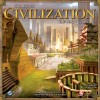


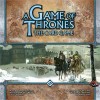



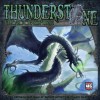







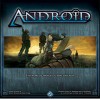

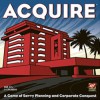
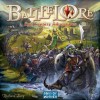



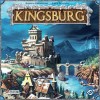


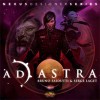
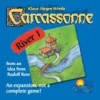



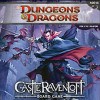



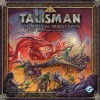



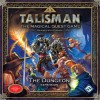

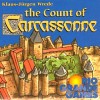
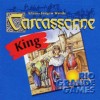


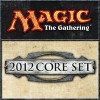

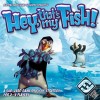



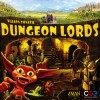



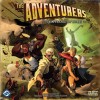
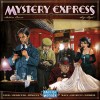



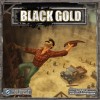















Incan Gold
Incan Gold is a Press-Your-Luck game where you reveal cards from a deck which either have gems on them, Treasures, or hazards. After each card, players secretly decide if they wish to leave or press their luck.
If you leave, you split all the gems currently in the mine with all players leaving that round. If you stay, you get nothing, but you may continue on.
The treasures are worth 5 or 10 gems each, but you can only claim a treasure if you are the only player to leave the mine that turn. They are never split.
There are 5 hazards, and two identical hazards will end the round, with all remaining players receiving nothing. After a hazard causes a round to end, one card of that type is removed from the deck, it is reshuffled, and another is played, for a total of 5 rounds.
It’s a fun little game, very quick to play, and involves a good deal of bluffing your friends and risking your shiny gems.
The components are nice, but I knocked a few points off because they have you bend cards in half to form tents to hide your gems, and the cards get worn and weak from repeated bending fairly quickly.